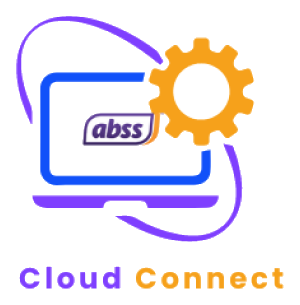While the submission to LHDN is in an electronic invoice format, it does not cater for exchange of invoices between seller and buyer electronically.
Once the seller’s invoice has been validated by LHDN, it will still need to be forwarded to the buyer in the usual format like PDF or printed copy.

Interoperable framework
To make the transaction flow from seller to LHDN and from seller to buyer seamlessly, MDEC has initiated a national digitalisation agenda that will improve business efficiency and productivity.
The challenge with this is that businesses use different accounting systems.
MDEC states the objective for this initiative as:
The National E-Invoicing Initiative aims to drive interoperable E-Invoicing by digitalising how businesses send invoices to other businesses, allowing different accounting software and Enterprise Resource Planning (ERP) system to send and receive e-invoices in a system-to-system manner.
MDEC
What MDEC wants to achieve with this initiative is to have a solution where invoices can be transmitted between businesses electronically regardless of which accounting system they use.
Once the invoice has been validated by LHDN, details of the invoice will be transmitted electronically to the buyer’s system and can be updated without having to manually input the details.
The seller does not need to print the invoice and send it to the buyer.
How is this useful?
It reduces the need for manual intervention and input of supplier invoices leading to increased business efficiency.
From the supplier’s point of view, their invoices are received and updated into the buyer’s system in a timely manner.
This could then translate into shorter payment cycles.
From the buyer’s point of view, the supplier invoice is updated into their system without having to manually key it in.
All the buyer needs to do is review the details and either accept or reject the invoice within the LHDN stipulated 72 hour time period.
In summary, the PEPPOL interoperable e-invoicing framework will provide the following benefits to businesses:
- Reduced Paperwork
Eliminates the need for paper invoices and helps streamline invoice processing for both the seller and buyer. - Faster Processing
Automated data exchange ensures quicker invoice processing and faster payments. - Cost Savings
Reduced costs associated with printing, mailing, as well as having to manually manage and enter invoices. - Improved Accuracy
Reduces clerical errors and discrepancies, saving time and effort for both parties. - Enhanced Security
Secure data exchange protects sensitive financial information. - Direct Integration
Enables seamless integration with accounting systems for better efficiency. - Environmental Sustainability
Reduces paper consumption and promotes eco-friendly business practices.
ABSS Connect
e-Invoice compliant accounting solutions
Need more information?



